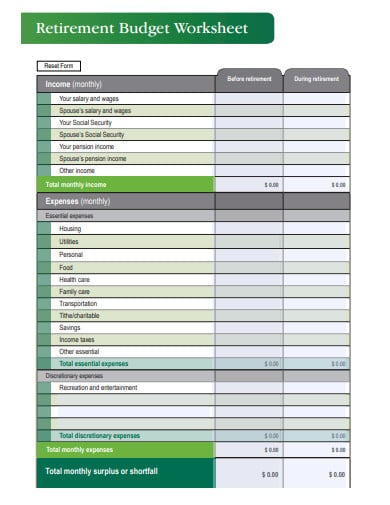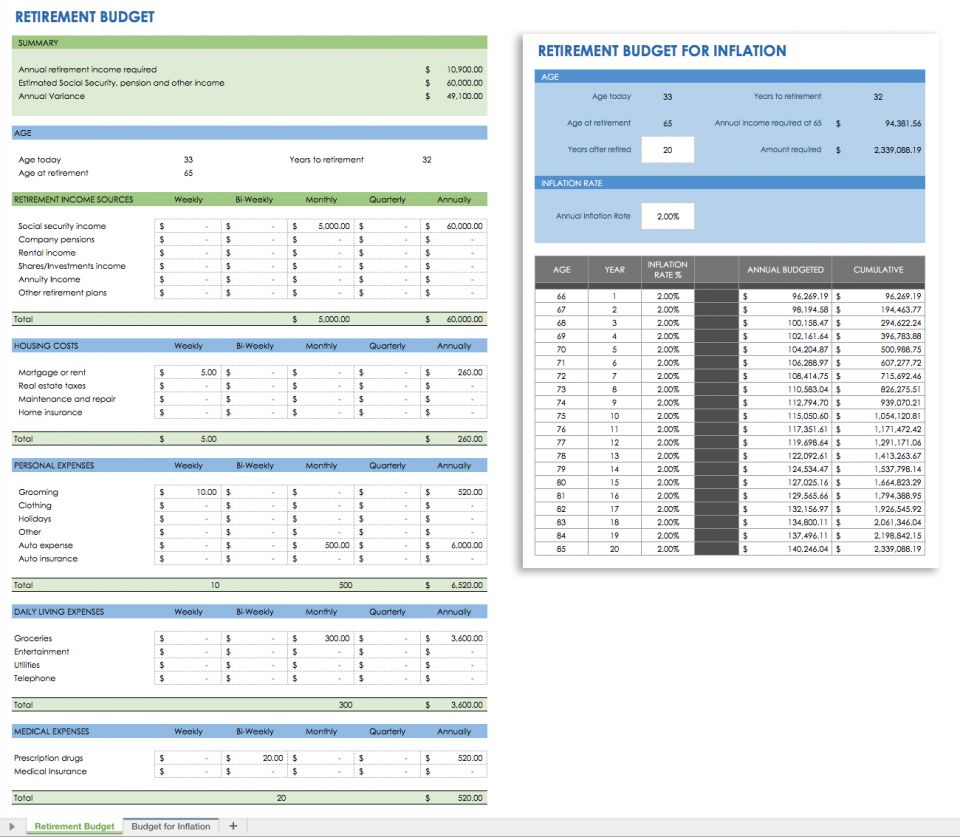

Both employers and employees can both make contributions to Simple IRA accounts and in 2020, Simple IRA contributions increased to $13,500 annually ($16,500 if you are over 50). Simple IRAs are an employer-provided retirement account designed for employees without a traditional 401(k). Traditional IRA contributions are lower than Simple IRA contributions, $6,000 per year in 2020 ($7,000 per year if you are over 50). Traditional IRAs can be used in combination with or to supplement an employer-sponsored 401(k) or Simple IRA account. Traditional IRAs are set up by individuals and only account owners can make contributions. Like a 401(k), there are annual contribution limits to IRA accounts. Ideally at a lower tax rate than you are currently paying. You contribute pre-tax money, allowing for tax-deferred growth, then pay taxes years later when you withdraw. There are two types of IRAs: Simple IRAs and Traditional IRAs. In 2020, 401(k) contribution limits rose to $19,500 per year. There also are limits to how much you can contribute to a 401(k). Unlike a pension plan, a defined contribution plan like a 401(k) doesn’t guarantee payment in retirement. Contributions are invested and the retirement benefits an employee has access to for income reflects their investment’s gains or losses. Employers can either match employees’ contributions or contribute partially. A defined contribution plan is an employer-sponsored retirement savings plan that allows employees to save and invest some of their paycheck before taxes are taken out. 401(k)Ī 401(k) is a defined contribution plan. So, for most retirees, the primary source of income comes from retirement accounts such as 401(k)s and Individual Retirement Accounts (IRAs). Most retirees don’t have pension plans and Social Security income isn’t enough to maintain a pre-retirement standard of living.

If you have additional sources of income, then up to 85% of your Social Security income may be subject to taxes.

If Social Security is your only source of retirement income, then you probably won’t pay income taxes in retirement.
AVERAGE MONTHLY EXPENSES IN RETIREMENT FULL
AVERAGE MONTHLY EXPENSES IN RETIREMENT HOW TO
How to Calculate Your Social Security Income To be eligible for Social Security Benefits, you need to have worked and paid into the system for a minimum of 40 quarters or 10 years. Use the SSA’s Social Security Retirement Estimator to project how much of your retirement income will come from Social Security. If both spouses collect the average monthly income, $36,072 annuallyĥ0% or more of income comes from Social Security If both spouses collect the average monthly income, $3,006 monthlyĢ020 average annual income from Social Security However, Social Security was never meant to be a primary source of retirement income it is supposed to be supplemental. The average retirement income from Social Security is as follows:Ģ020 average monthly income from Social Securityĭepends on retirement age and lifetime earnings of both spouses. Of that, 38% depend on Social Security for the majority of their retirement income.

1. Social Security BenefitsĪccording to the Social Security Administration (SSA), more than 85% of people 65 and older receive Social Security benefits. Your income in retirement will come from three sources. This amount will generally cover the cost of healthcare, housing and other necessary expenses while also allowing a little freedom as well. How Much Income Do Retirees Have?Īs a general rule, you’ll need about 70-80% of your pre-retirement income to maintain a similar standard of living in retirement and cover your expenses. Knowing how you compare to the average American household can help you figure out how much of your income you’ll have to supplement in order to have a healthy monthly retirement income. Over half of Americans have no retirement savings at all and of those that do, the majority fall short of savings targets by age and income.


 0 kommentar(er)
0 kommentar(er)
